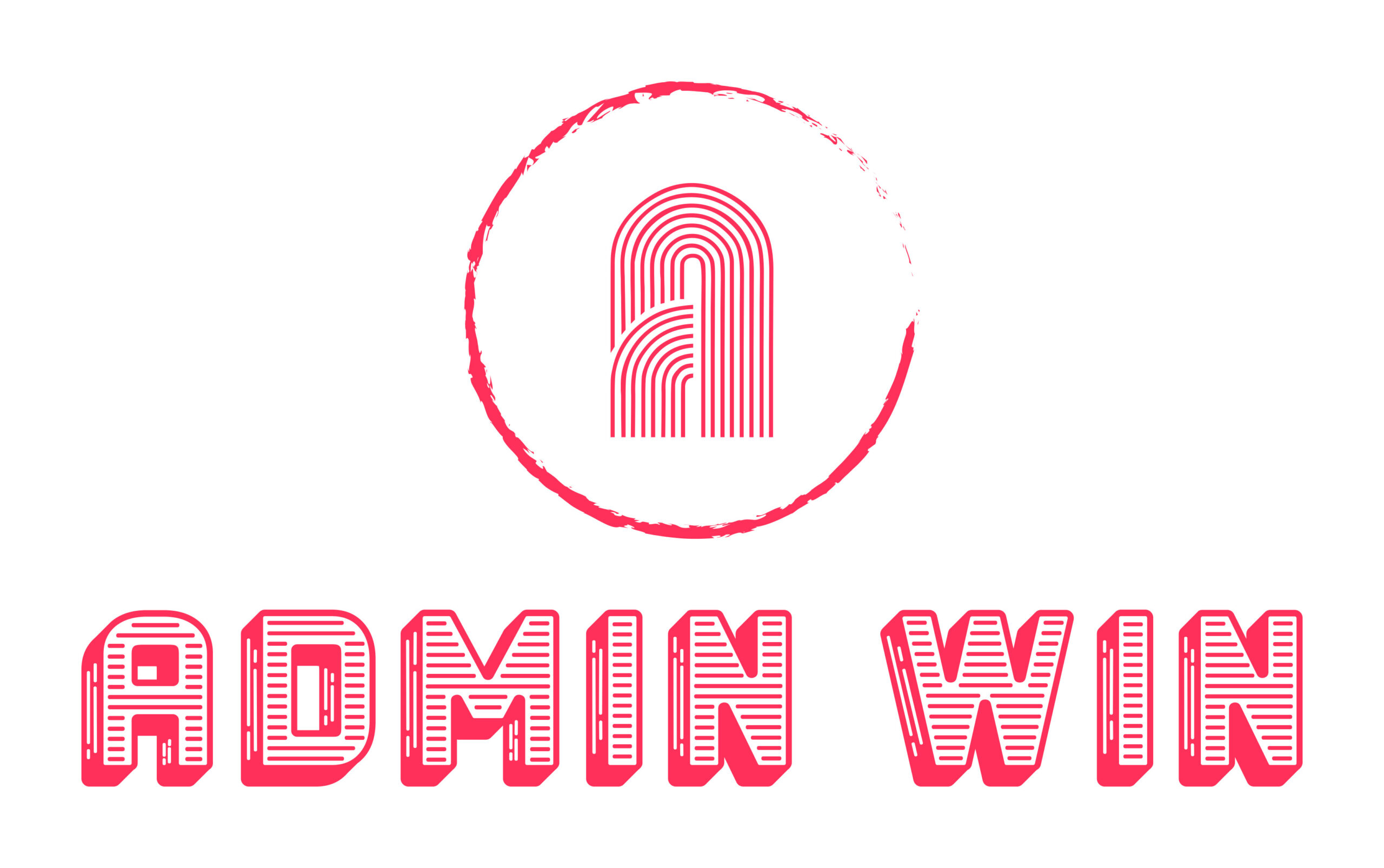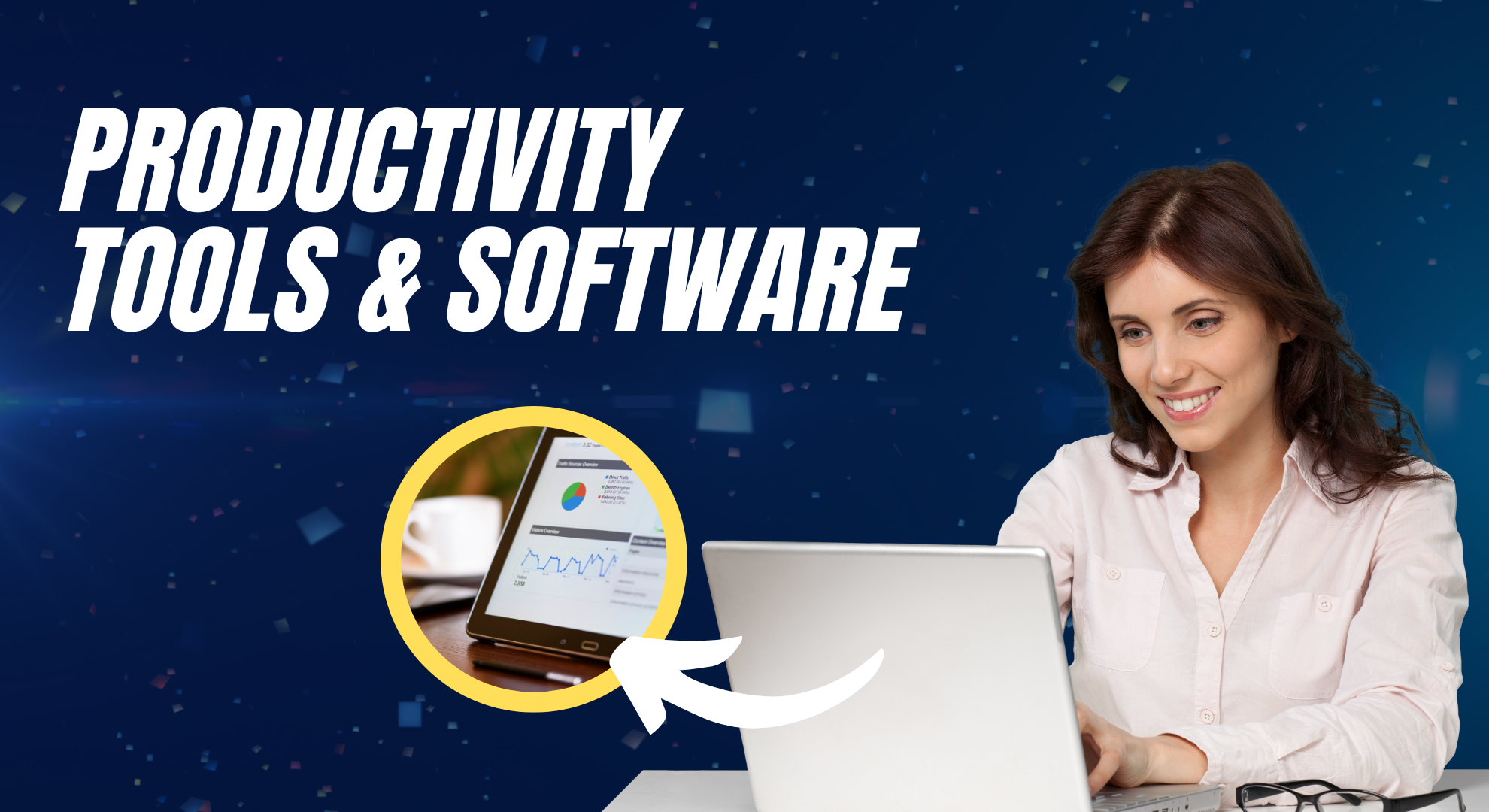Did you know that almost half of the business use productivity tools today? The business landscape is fast-paced and it has resulted in efficiency becoming a key to maintaining an edge. Companies are turning to automation software and tools to solve problems faster, adapt to dynamic needs, and maximize output. These technologies help companies make smarter decisions. This article talks about these productivity tools how exactly they drive efficiency, the role of automation in operations and how advanced tech like AI is shaping the process of a company.
Driving Efficiency with Productivity Tools
Productivity tools are made in a way that they enhance task management, improve collaboration, and minimize manual efforts. This section goes through some key tools that drive efficiency in the workplace:
Task and Project Management Solutions
The effectiveness of project management requires established workflows with real-time tracking systems and streamlined communication methods. Asana and Trello along with Monday.com offer businesses dashboards that show interactive tasks along with automated distribution of duties and deadline reporting functions. Team alignment becomes possible through these systems. Workers can modify workflows to better suit the variations in project requirements within their businesses. The functionality of linking the platform to messaging applications also acts as a coordination enhancement.
Dependency tracking systems through these productivity tools ensure that work tasks proceed as scheduled for proper sequence completion. This eliminates any bottlenecks. Moreover, team productivity metrics become accessible through the analytics feature. The use of data-driven decision-making becomes possible for managers through this system. The tools serve to centralize task management while decreasing administrative work and improving execution efficiency.
Communication and Collaboration Platforms
An aspect that creates efficiency in work processes is seamless communication. Remote and hybrid work models require this type of communication specifically. Real-time team discussions become possible through communication platforms which include Slack, Microsoft Teams, and Zoom. They offer both video conferencing features along the ability to share documents between users. The platform features threaded discussions alongside its AI-based search features which improve information retrieval efficiency. The platform functions to lower the needed time required for obtaining crucial information.
Cross-department collaboration becomes possible because the system includes elements for both automated notifications and shared workspaces. As a productivity application, it enables team members to retrieve required data from a single platform without alternative tools. These business tools implement end-to-end encryption to deliver safe communication between their users. A unified platform creates an environment that disrupts workflow processes to a minimum extent.
Time and Distraction Management Tools
It’s the productivity that counts, isn’t it? Well, it requires disciplined time management and minimum distractions. This is where apps like RescueTime, Toggl, and Focus\@Will go through your work habits and help in identifying inefficiencies. Furthermore, AI-driven reports make categories when it comes to activities. This highlights areas where the majority of time is wasted. The website-blocking feature further prevents distractions from non-work related content.
These apps apply the Pomodoro technique where a structure in work sessions is pushed with little breaks. This improves concentration. Moreover, custom alerts and goal-setting functions allow the user to be accountable, ensuring sustained productivity. So, with better focus and discipline, these solutions help professionals like you maximize output without any burnout!
Document Management and Workflow Automation
When it comes to operational agility, the secret comes out to be efficient management of digital assets. Cloud-based applications including Google Drive, SharePoint, and Dropbox give users safe access to real-time collaborative document work. The process of document handling benefits from automated approval workflows. The system operates without human personnel involvement. Moreover, the document scanning process becomes quick through optical character recognition technology known as OCR which extracts information from scanned docs. The system reduces human involvement in data entry work.
System data exchange becomes smooth because this solution integrates with both customer relationship management platforms and enterprise resource planning solutions. Version control tools also operate in the system to protect content from unauthorized copies and critical update loss. These platforms are famous for enhancing access security and operational efficiency.
Enhancing Automation in Business Operations
The removal of repetitive work through automation makes operations cheaper while generating higher accuracy rates. The following section analyzes the Best productivity tools for automation:
Customer Relationship Management Software
CRM software enhances client engagement pipelines for better sales activities while increasing customer satisfaction. The Salesforce, HubSpot, and Zoho CRMs allow for automated tracking of leads and let the user follow up and segment the clients. Solutions in predictive analytics, based on AI insights, help businesses to detect their most promising leads. Users can also connect marketing automation systems with workflows using automation software, thus enabling the production of regular prospect communication.
Business managers use customizable dashboards as part of their performance tracking system for real-time sales data which enables them to enhance their strategies. CRMs with built-in chatbots enable staff to handle standard customer questions which results in better quick responses. Also, CRM solutions achieve greater efficiency while increasing conversion rates through their ability to merge customer data along with automation of business operations.
Financial and Accounting Automation
Using automated financial management clears away human mistakes from accounting without sacrificing process efficiency. The accounting programs QuickBooks, Xero, and FreshBooks perform automatic tasks including billing generation tax computation, and expense record maintenance. The AI-powered reconciliation tools analyze data to locate mismatches which maintains financial record accuracy. Through automation of payroll operations, employers can simplify employee salary processing and their deductive payments and meet regulatory requirements.
Finance teams have access to their accounts through cloud-based accessibility. The integration with payment gateways enables fully automated processing of transactions which lowers the need for human manual entry. The productivity tools produce instant financial reports which provide necessary strategic information for budgeting along with forecasting needs. These tools also serve to decrease administrative responsibilities which results in better financial clarity alongside optimized operational processes.
Marketing Automation Platforms
Through marketing automation, companies improve their outreach potential by making campaign schedules and audience involvement more effective. Lead creation through automation gets managed on platforms such as Mailchimp, Marketo, and HubSpot which also execute email sequences and perform social media posting and lead scoring. The analysis of how customers behave with AI technology customizes marketing materials through which businesses can boost their audience interaction numbers.
Automated A/B testing through its testing method improves messaging which leads to higher conversion rates. The integration between CRM systems lets customers experience uninterrupted journeys from prospective contact until successful conversion. The predictive analysis tool also helps marketing teams to forecast campaign success which allows for more data-based marketing approaches. These tools create process automation in marketing which enables teams to concentrate on original and essential tasks.
HR and Recruitment Automation
HR automation streamlines recruitment, employee engagement, and administrative processes. The human resources management systems BambooHR, Workday, and Lever use automation software to handle resume screening activities and interview programming and manage onboarding procedures. Computer algorithms used in matching systems find suitable applicants for available positions which shortens the hiring duration.
Through employee self-service portals workers can simplify their processes for asking for leaves and making payroll inquiries and benefit changes. Performance tracking automation generates worker productivity data which helps managers to plan employee development. These management tools also enforce adherence to all labor laws together with administrative standards. These productivity tools achieve better workforce management and let HR professionals dedicate time to developing talent by automating their HR operational processes.
Leveraging AI and Advanced Technologies for Process Optimisation
Modern productivity software revolutionizes work through AI technologies that create automated processes while predicting decisions and connecting operations in all business activities. This section delineates critical process optimization software for businesseswhich constitutes the framework of present-day work processes:
Predictive Analytics for Decision-Making
The ability of artificial intelligence systems to make predictive analytics helps organizations predict market trends. It also helps to reduce operational risks and enhance strategic business operations. Large datasets become manageable through the analytics tools Tableau, Power BI, and Google Analytics which track down patterns together with anomalies.
The AI-based forecasting system makes predictions about client demand levels and stockroom requirements together with industry directional changes. The system sends automated alerts that provide decision-makers with enough time to respond proactively during risk situations. Business systems interconnectedness ensures thorough data-based planning capabilities. The use of predictive analytics also enables organizations to improve their predictability through strategic planning. This will continue to position the organization in leadership in the marketplace.
Robotic Process Automation (RPA)
Industrial efficiency improves through automated rule-based operations which RPA delivers across different business sectors. System automation software run by productivity tools such as UiPath, Automation Anywhere, and Blue Prism delivers exact results that eliminate the need for human input to perform repetitive tasks. The implementation of RPA in finance accelerates both invoice management as well as payment compliance documentation tasks.
Healthcare organizations use bots to handle patient information entry together with claims management transformations. The combination of AI technology with RPA enables the system to gain image recognition capabilities which makes it usable across new domains. Scalable deployment systems let organizations enhance their workflows while avoiding thorough system restructures. Additionally, RPA works to decrease manual labor which creates improved accuracy faster processing, and enhanced compliance across all enterprise departments.
Blockchain for Secure Data Management
Decentralized secure data solutions bring revolution through blockchain technology which creates storage with unalterable data protection. Businesses use platforms like Hyperledger, Ethereum, and Corda to improve the security of transactions while making records transparent. The automatic execution of smart contracts through blockchain technology avoids using third parties to deliver improved speed while diminishing operational expenses.
The secure identity solution introduced through blockchain creates protected access systems for businesses to manage their personnel and external stakeholders. Supply chain management benefits from blockchain technology because it allows complete visibility through tracking and avoids both violations and legal non-compliance. Organizations merge blockchain technology with AI and IoT systems to build unalterable audit tracking capabilities. The implementation of blockchain technology helps organizations build better security systems and reduces data breach threats while extending operational trust across digital environments.
To Sum Up
Productivity tools along with automation technologies transform day-to-day operations while boosting productivity that permits enterprises to achieve larger operational capacity. These technological solutions also enable professionals to enhance their work performance while reaching maximum achievement.











